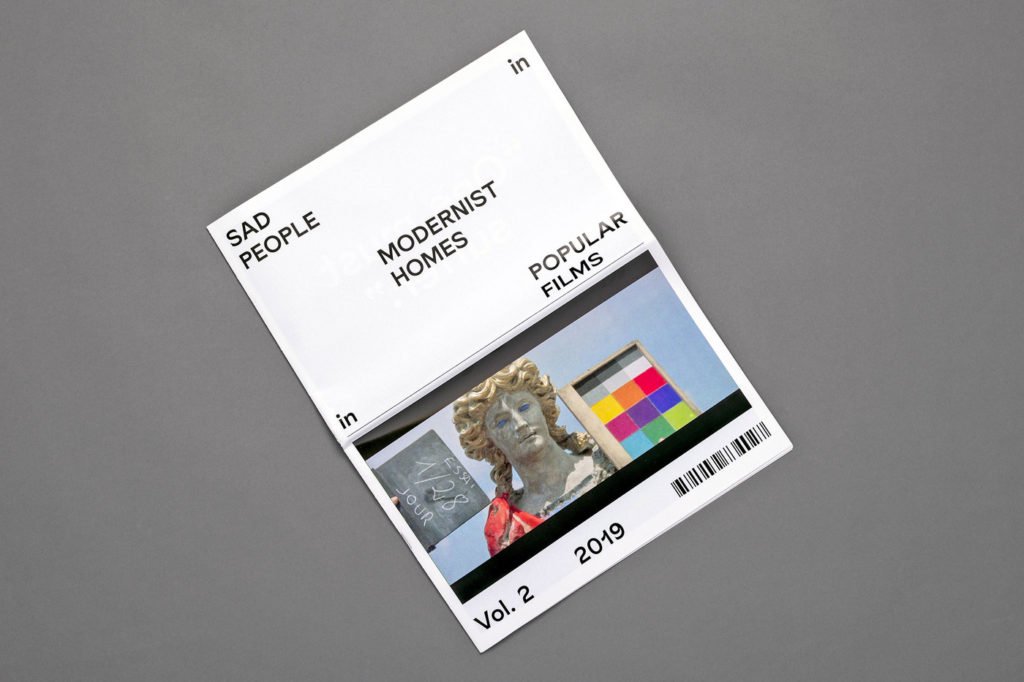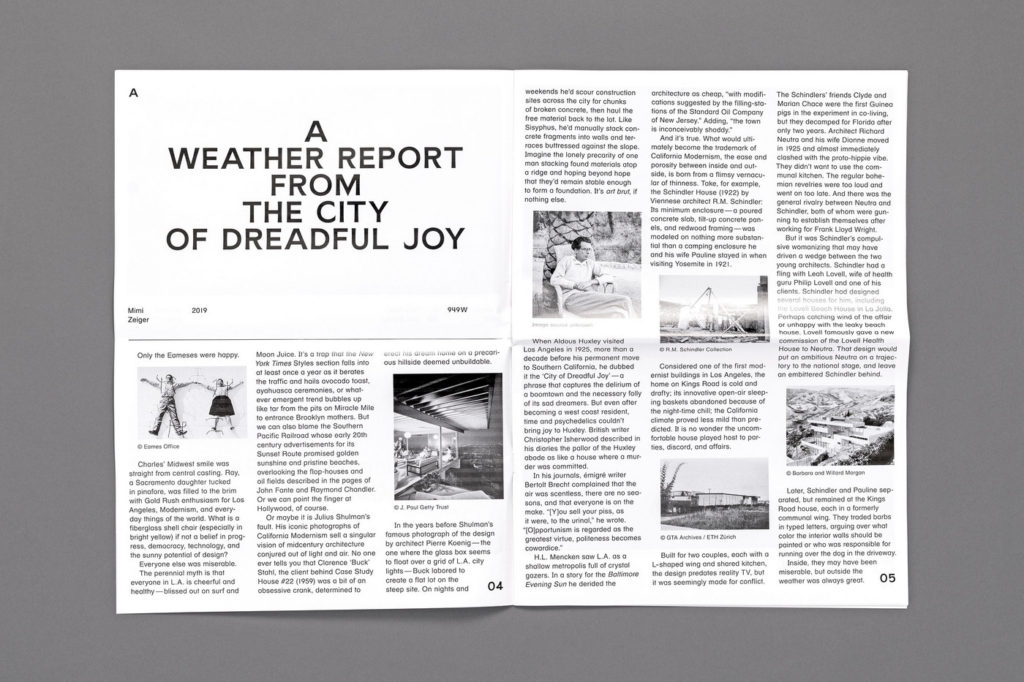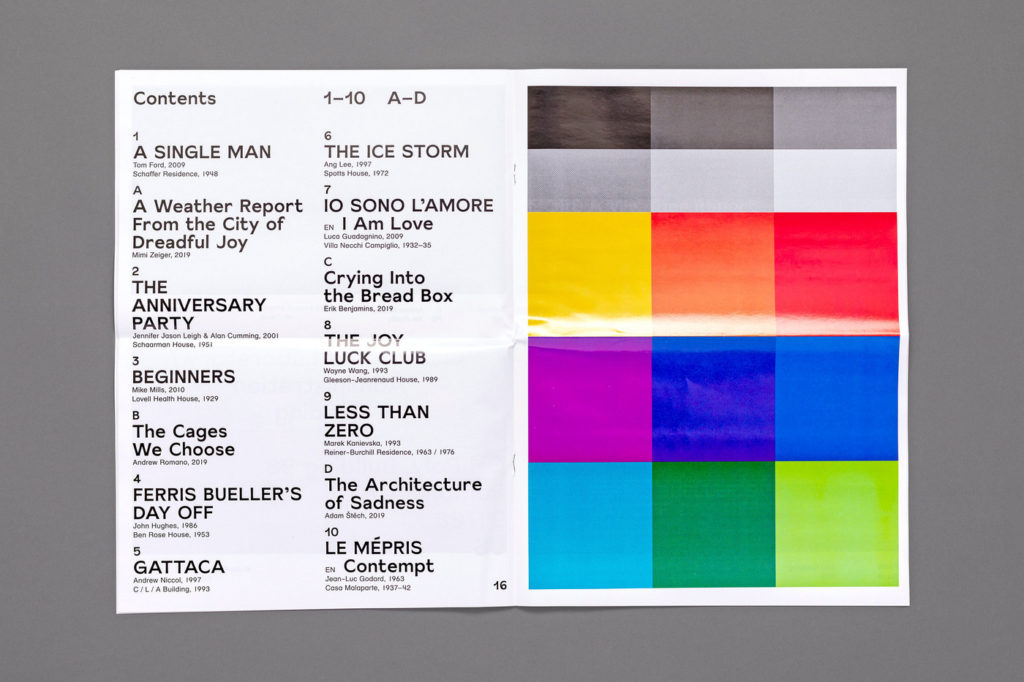The 2020 Exhibit Columbus Symposium: New Middles gathered national and international thought leaders in architecture, art, design, and landscape architecture together with Columbus stakeholders to explore the question, What Is The Future of The Middle City?
The Symposium examined this question through the lens of four topics:
Futures and Technologies: Dan Hill, Vinnova, Stockholm, Sweden; Radha Mistry, Autodesk, San Francisco CA; Moderated by Marcus Fairs, Editor-in-Chief, Dezeen
Resiliency and Climate Adaptation: Iñaki Alday, Tulane University / aldayjover architecture and landscape, New Orleans; Kate Orff, SCAPE, New York, NY; Moderated by Iker Gil
2020–21 Curator, Exhibit Columbus
Arts and Community: Paola Aguirre, Borderless Studio, Chicago IL; Matthew Fluharty, Art of the Rural & M12 Studio, Winona MN; De Nichols, Civic Creatives, St. Louis MO; Moderated by Anne Surak, Director, Exhibit Columbus
Indigenous Futures and Radical Thinking: Chris Cornelius (Oneida), studio:indigenous, Milwaukee WI; Wes Jackson, The Land Institute, Salina KS; Joar Nango (Sámi), FFB, Alta, Finland; Ash Smith, Carson Center of Emerging Media Arts, Lincoln NE; Moderated by Mimi Zeiger, 2020–21 Curator, Exhibit Columbus
Each topic was explored weekly through Thematic Conversations, hosted in partnership with Dezeen, featuring international thought leaders. They were followed by Columbus Conversations featuring community stakeholders in conversation with 2021 Miller Prize recipients highlighting forward-thinking initiatives happening in our community of Columbus, Indiana.
These dialogues have served as foundational research for all New Middles participants—as a kind of Exhibition Design Brief and Community Design Brief — identifying topics, themes, and writings for community partners while growing exhibition participants’ understanding of Columbus’ culture and context as they conceptualize their commissioned installations for the Fall 2021 Exhibition.


